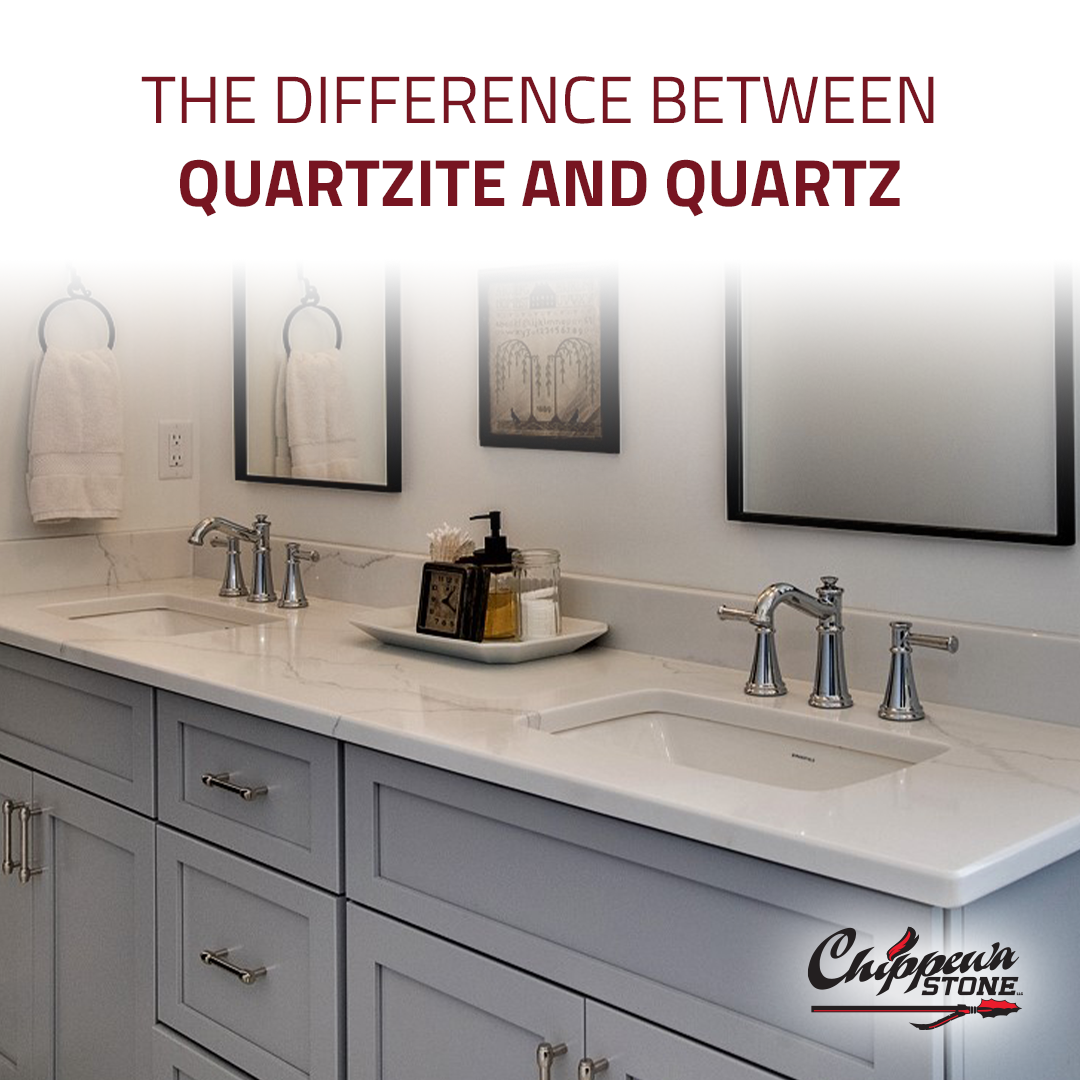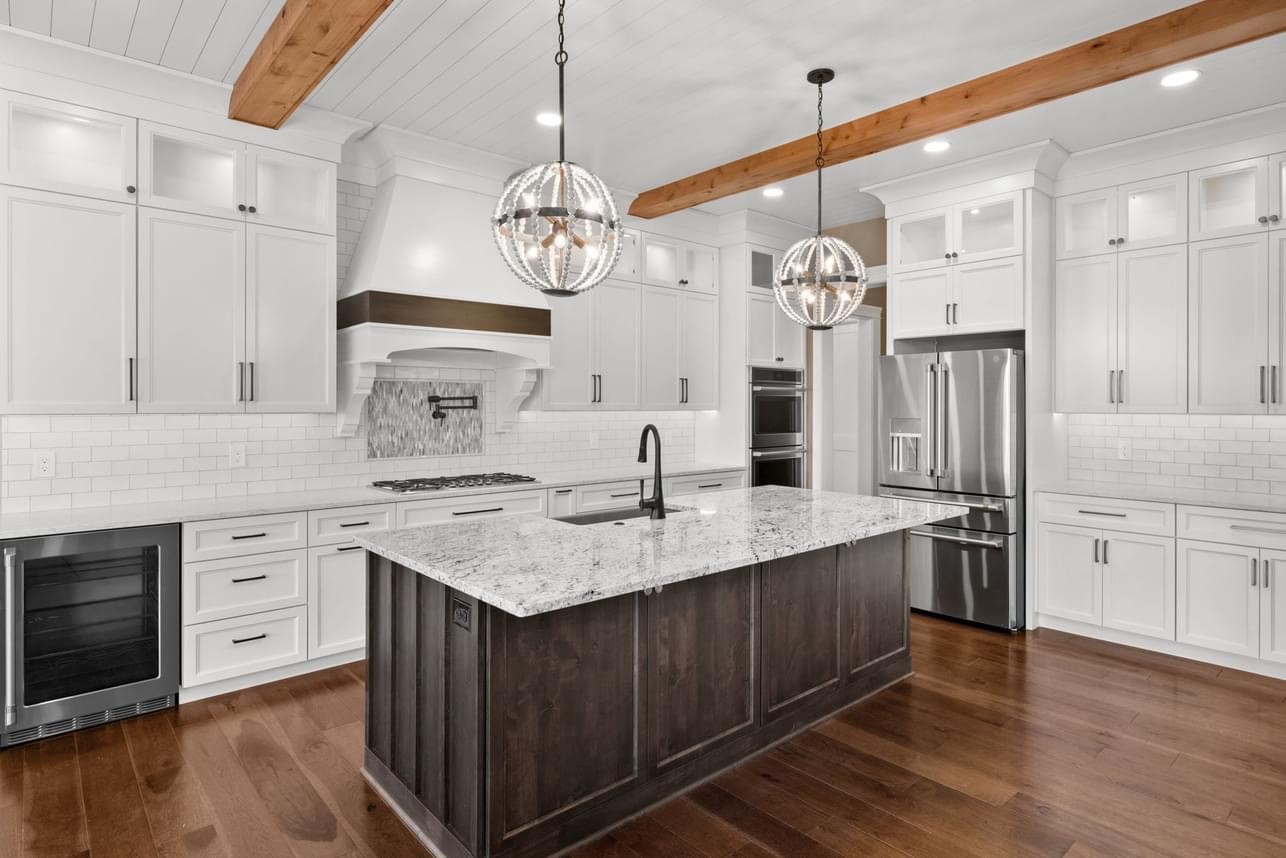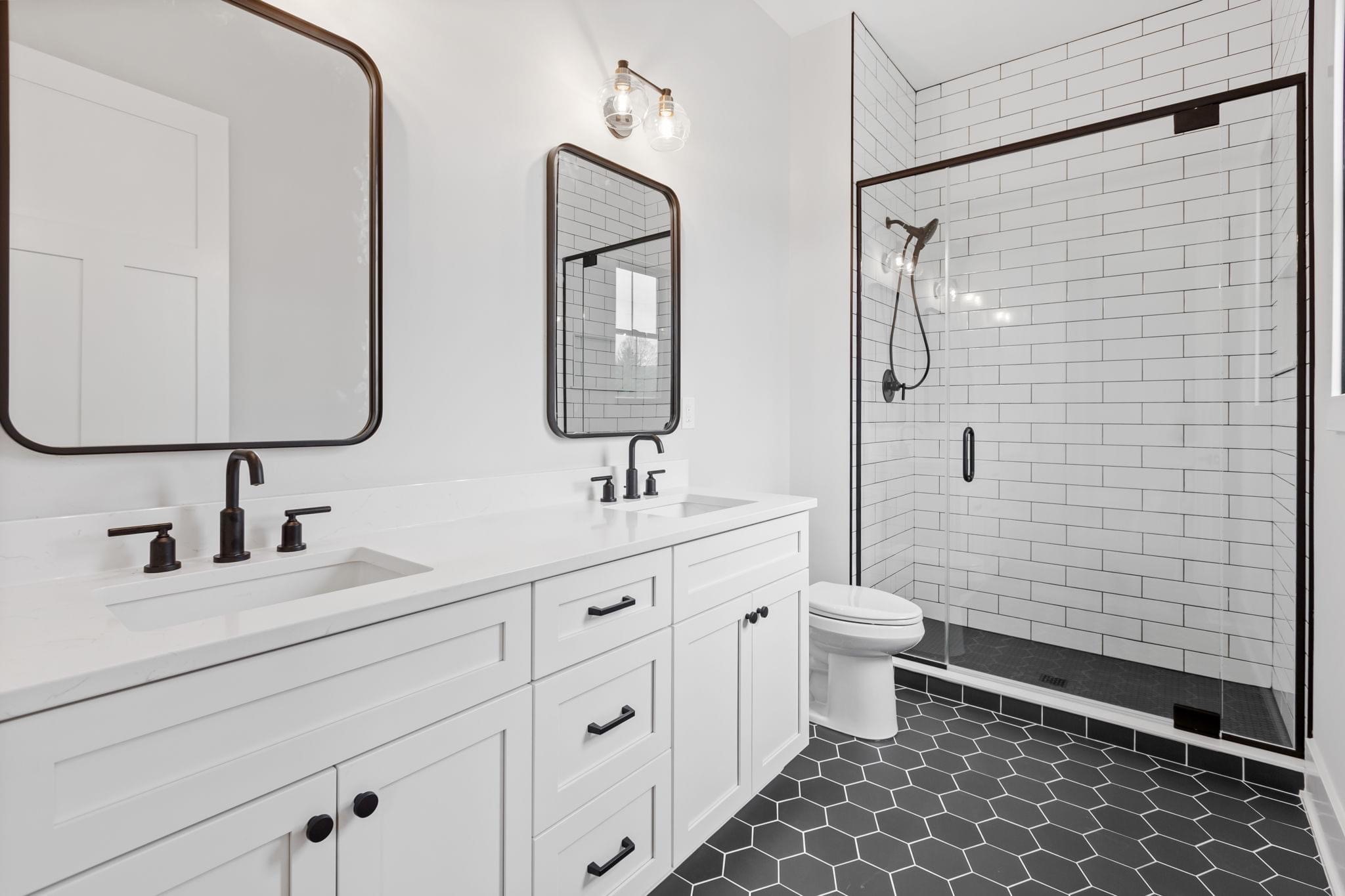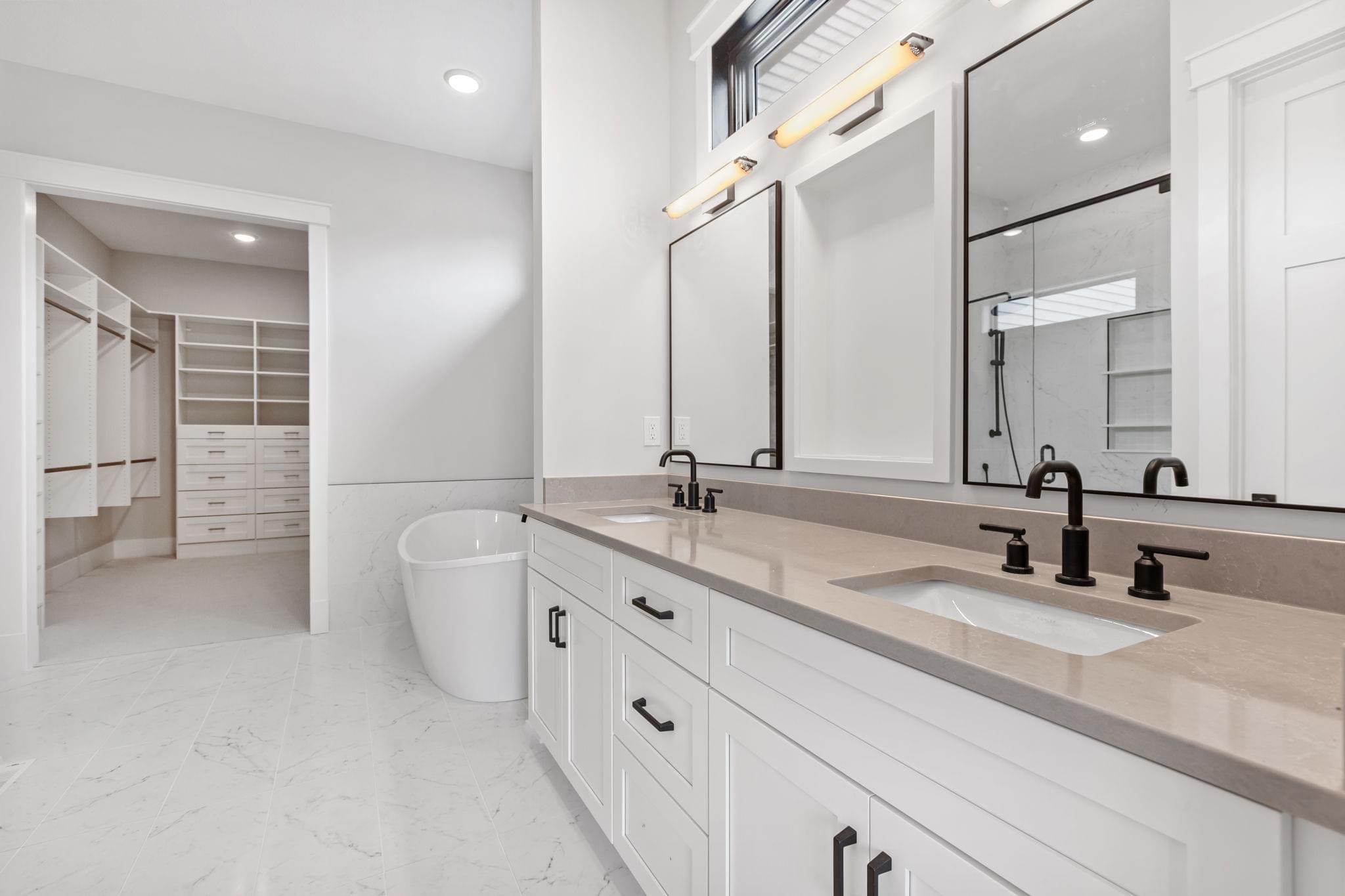In the realm of stone surfaces, the terms “quartzite” and “quartz” are often used interchangeably, but they refer to distinctly different materials with unique properties. Whether you’re planning a kitchen remodel, updating your bathroom, or selecting materials for a new build, understanding the differences between quartzite and quartz is crucial for making an informed decision. This blog will delve into the characteristics, benefits, and ideal uses of both quartzite and quartz, helping you choose the best option for your project.
What is Quartzite?
Quartzite is a natural stone that forms from the metamorphism of sandstone under high pressure and temperature. This geological process transforms the original sandstone into a denser and more durable rock. Here’s a closer look at the characteristics of quartzite:
Formation and Composition
- Formation: Quartzite begins as sandstone, which is primarily composed of quartz grains. When sandstone undergoes metamorphism, the quartz grains recrystallize and fuse together, creating a hard, dense stone.
- Composition: Quartzite is mostly composed of quartz crystals, making it highly resistant to scratching and abrasion. The mineral composition can vary slightly depending on the source, but it generally contains a high percentage of quartz.
Appearance
- Colors and Patterns: Quartzite comes in a range of colors, from whites and grays to pinks, reds, and greens. The colors and patterns are influenced by the minerals present in the stone and the conditions under which it formed.
- Surface Finish: Quartzite can have a variety of finishes, including polished, honed, or leathered. The finish you choose can affect the stone‘s appearance and functionality.
Durability
- Hardness: Quartzite is incredibly hard and durable, often rated higher on the Mohs scale of mineral hardness compared to granite. This makes it highly resistant to scratches and wear.
- Heat Resistance: Quartzite is highly heat-resistant, which makes it suitable for use in areas exposed to high temperatures, such as kitchen countertops and fireplaces.
Maintenance
- Sealing: Despite its durability, quartzite is porous and requires sealing to prevent staining. Regular sealing helps maintain its appearance and performance.
- Cleaning: Quartzite is relatively easy to clean with mild soap and water. Avoid harsh chemicals that can damage the stone.
What is Quartz?
Quartz, often referred to as engineered quartz, is a man-made material composed of crushed natural quartz crystals combined with resins and pigments. Unlike quartzite, which is a natural stone, quartz is an engineered product with specific properties and benefits.
Formation and Composition
- Formation: Engineered quartz is created by combining crushed quartz crystals with resins and pigments. The mixture is then molded and cured to create a dense, non-porous surface.
- Composition: Quartz surfaces typically contain around 90-95% crushed quartz crystals, with the remainder consisting of resins, pigments, and additives.
Appearance
- Colors and Patterns: Quartz surfaces offer a wide variety of colors and patterns, including options that mimic the look of natural stones like granite or marble. The uniformity of the material allows for consistent patterns and colors.
- Surface Finish: Quartz surfaces are available in polished, matte, or textured finishes, providing versatility in design.
Durability
- Hardness: Engineered quartz is durable and resistant to scratching and impact. Its hardness is comparable to that of granite, though it is generally less hard than natural quartzite.
- Heat Resistance: Quartz surfaces are heat-resistant but not heatproof. It’s advisable to use trivets or heat pads to protect the surface from extreme temperatures.
Maintenance
- Sealing: Unlike quartzite, engineered quartz does not require sealing because it is non-porous. This makes it easier to maintain and less prone to staining.
- Cleaning: Quartz surfaces are easy to clean with mild soap and water. They are resistant to bacteria and stains, making them a hygienic choice for countertops.
Key Differences Between Quartzite and Quartz
Understanding the key differences between quartzite and quartz will help you make an informed choice based on your needs and preferences:
- Natural vs. Engineered: Quartzite is a natural stone formed through geological processes, while quartz is an engineered material created by combining natural quartz crystals with resins and pigments.
- Porosity: Quartzite is porous and requires sealing to prevent stains and moisture damage. Quartz, being non-porous, does not require sealing and is less prone to staining.
- Hardness: Quartzite is generally harder and more scratch-resistant than engineered quartz. This makes it an excellent choice for high-traffic areas and surfaces exposed to heavy use.
- Heat Resistance: Both quartzite and quartz are heat-resistant, but quartzite typically has higher heat tolerance. Engineered quartz can handle normal kitchen temperatures but should be protected from extreme heat.
- Appearance and Design: Quartzite offers natural variations in color and pattern, making each slab unique. Engineered quartz provides a wider range of consistent colors and patterns, including options that mimic natural stones.
- Maintenance: Quartzite requires regular sealing and careful maintenance to preserve its appearance and performance. Engineered quartz is low-maintenance, with no need for sealing and easy cleaning.
- Cost: Generally, quartzite tends to be more expensive than engineered quartz due to its natural formation and the cost of quarrying and fabricating the stone. Quartz is often more budget-friendly and offers a wide range of price points.
Ideal Uses for Quartzite
Quartzite’s durability and natural beauty make it suitable for various applications:
- Countertops: Its hardness and heat resistance make quartzite a popular choice for kitchen countertops and high-use surfaces.
- Backsplashes: Quartzite’s unique patterns and colors can add a striking visual element to kitchen and bathroom backsplashes.
Ideal Uses for Quartz
Engineered quartz’s versatility and low maintenance make it ideal for various applications:
- Countertops: Its non-porous nature and wide range of colors and patterns make quartz a popular choice for kitchen and bathroom countertops.
- Backsplashes: Quartz surfaces provide a consistent look for backsplashes and can be easily matched with countertops for a cohesive design.
- Vanities: The durability and easy maintenance of quartz make it a practical choice for bathroom vanities.
- Commercial Spaces: Quartz’s resistance to stains and bacteria makes it a suitable option for commercial applications like restaurants and offices.
In conclusion, choosing between quartzite and quartz depends on your specific needs, preferences, and budget. Both materials offer unique benefits and can enhance the beauty and functionality of your space.
- Quartzite: Ideal for those seeking natural stone with superior hardness and heat resistance. It’s perfect for high-use areas but requires regular sealing and careful maintenance.
- Quartz: Best for those who prefer an engineered material with consistent colors and patterns, easy maintenance, and no need for sealing. It’s a practical choice for countertops and various interior applications.
At Chippewa Stone, we offer a wide selection of both quartzite and engineered quartz surfaces to meet your design needs. Our knowledgeable team is here to guide you through the selection process, ensuring you find the perfect stone for your project. Explore our collection and discover how Chippewa Stone can help you achieve your vision with style and durability. Contact us today to learn more and get started on your next renovation!








